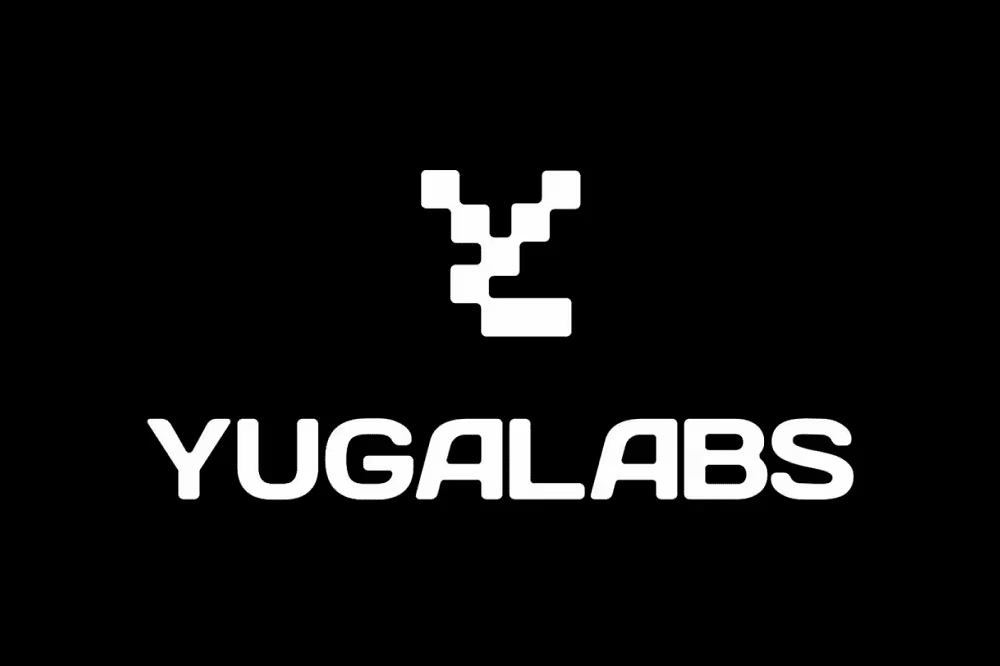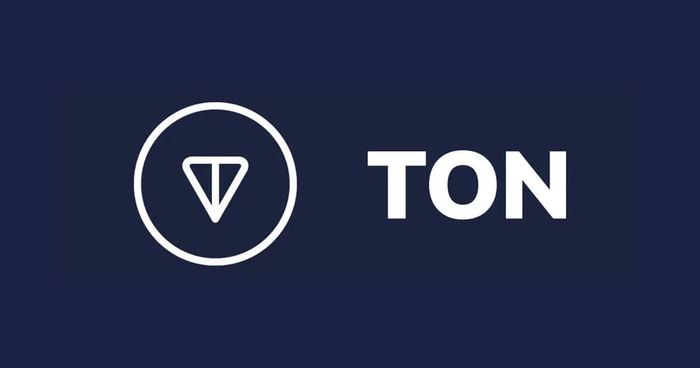- Despite colossal treasuries and massive spending, many top DeFi DAOs, like Uniswap and Sky, are struggling to translate their capital into meaningful growth, raising concerns about the effectiveness and ROI of their expenditures.
- This trend highlights a critical shift where efficiency and demonstrable return on investment, rather than just treasury size, are becoming the true measures of sustainable success in the DeFi space.
As Decentralized Autonomous Organizations (DAOs) increasingly command treasuries swelling into the hundreds of millions, a critical question emerges: is this capital being deployed effectively, or are some of DeFi’s giants simply burning through funds with little to show for it? Despite colossal spending, a disquieting trend reveals a stagnation in growth for some of the biggest names, suggesting that capital alone is no longer a guaranteed catalyst for expansion.
The numbers are stark. Sky, for instance, funnels a staggering $238.3 million annually into expenses, excluding token incentives – a figure that dwarfs Aave’s $63.6 million budget. Yet, the impact on tangible growth remains murky. While Aave directs over half of its budget towards growth-centric initiatives like risk frameworks, technical upgrades, and marketing – with nearly $38 million specifically earmarked for growth – the ultimate return on investment for both protocols is far from clear. Are these DAOs genuinely investing in scaling, or merely shortening their runway?
Also read: Bitcoin’s Unshakeable Rise: Defying Middle East Turmoil & Global Uncertaint
Perhaps the most glaring example of this paradox is Uniswap. Once the undisputed titan of the early DeFi era, its trading volume has, remarkably, barely budged since 2021, according to data from Token Terminal. This stagnation persists despite its immense brand recognition and continuous operational spending. It raises a provocative “what if” scenario: had Uniswap launched on a more agile, cost-effective blockchain like Solana instead of remaining tethered to Ethereum, might its trajectory have been different? The unspoken cost of missing out on lower fees, faster execution, and a burgeoning user base on alternative chains could be substantial.
This trend underscores a fundamental shift in the DeFi landscape. It’s no longer just about the size of a DAO’s war chest, but the strategic deployment of those funds. Sky’s $20 million monthly burn raises critical questions about its translation into defensible Total Value Locked (TVL), active users, or long-term protocol dominance. Similarly, Aave, despite its leaner budget, pours tens of millions into marketing and security, even with $40 billion in deposits already secured.
The era of simply spending to grow is rapidly giving way to an imperative of spending to prove Return on Investment (ROI). Efficiency, rather than sheer treasury size, is fast becoming the defining metric for sustainable success in the cutthroat world of DeFi. Without a clear link between astronomical spending and demonstrable growth, many of DeFi’s wealthiest DAOs risk being seen as financially flush but strategically blind.




